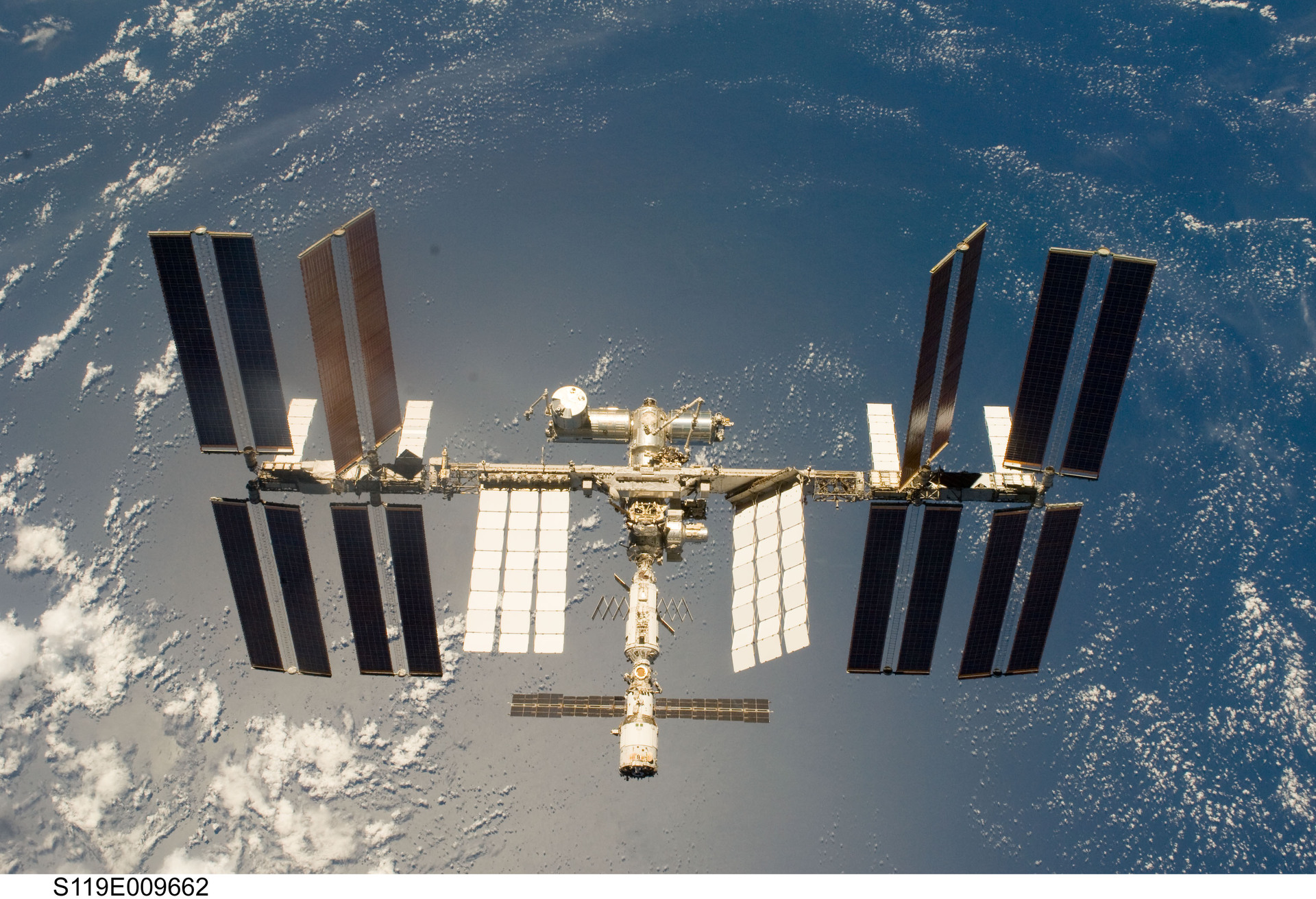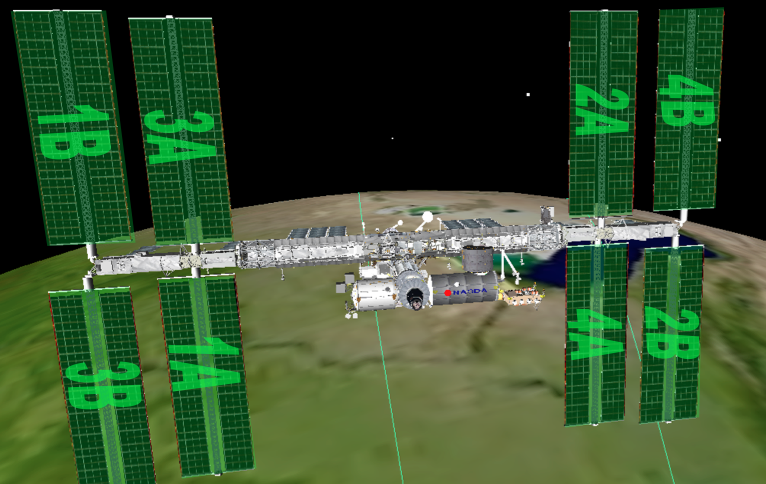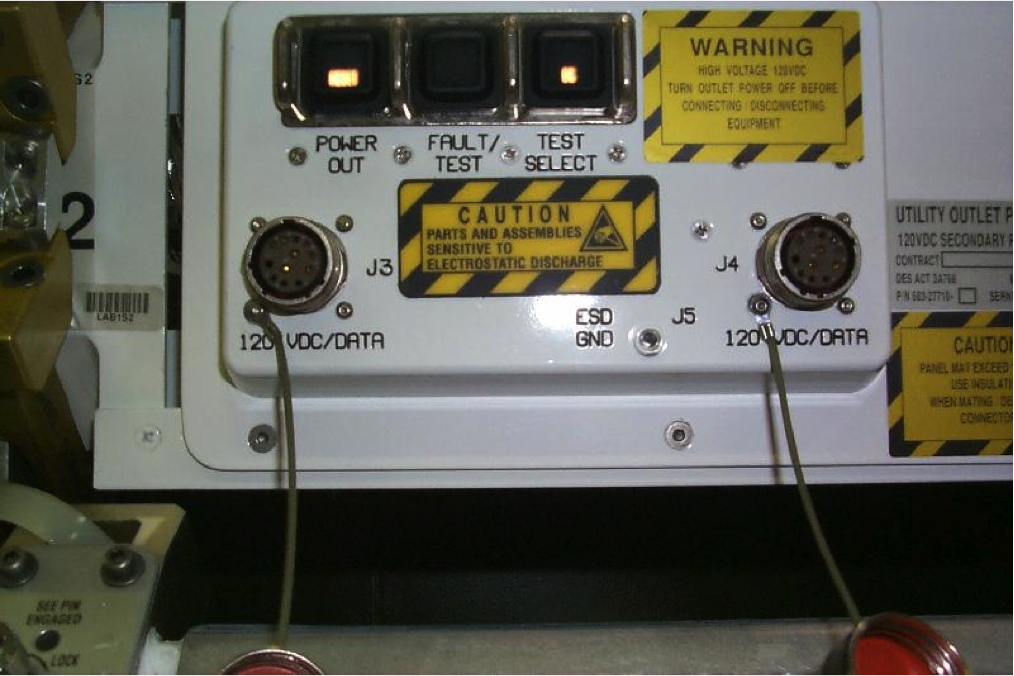The power system of the International Space Station
 The ISS receives all its energy from the Sun. Like Earth, the station is approximately 149 million kilometers away from the nearest star. At this distance, it is possible to extract more kilowatts of energy per square meter. The energy at the station is collected by solar panels, which use a photo effect to directly generate electricity. The main consumers of electricity at the station are thermal control systems, pumps, air treatment systems, equipment for communication.
The ISS receives all its energy from the Sun. Like Earth, the station is approximately 149 million kilometers away from the nearest star. At this distance, it is possible to extract more kilowatts of energy per square meter. The energy at the station is collected by solar panels, which use a photo effect to directly generate electricity. The main consumers of electricity at the station are thermal control systems, pumps, air treatment systems, equipment for communication.On the farms of the American segment of the ISS, there are eight wings with solar panels for generating electricity. The remaining whitish rectangles are not photocells, but radiators to dissipate excess heat. Each of the eight wings contains two panels, each of the panels consists of 16,400 cells located on approximately 105 square meters. The total area of all 16 panels is 1680 square meters. At the beginning of operation, 124 kilowatts of energy were produced, but now the typical value is 80 kW - the electrical elements are degrading due to ionizing radiation. Of course, the value of power varies depending on the position relative to the Sun.

An example of the actual current and voltage output for each of the eight wings. According to these data, the panels produce approximately 52 kilowatts of energy.

The names of each of the wings
')
Russian modules are completely autonomous. They were not delivered by the space shuttle, so they have their own control systems, communications and maneuvering, they also have solar panels. The first module of the ISS was Zarya, or FGB / FGB, as all astronauts call it. Two panels of 10.67 × 3.35 meters and 6 Dawn nickel-cadmium batteries can provide an average of 3 kilowatts of power. Now the solar panels of this module are rolled up so as not to interfere with the radiators on the farm of the American segment. Solar panels "Stars" are disclosed, their maximum power is 13.8 kilowatts, which is difficult to achieve due to the shadow of the American segment.

Nowadays, solar panels on the farm produce about 160 volts, which pass through a direct current conversion device (DDCU). The output is 124 volts DC, this voltage is used in the US segment. The DDCU uses a Weinberg transducer . The voltage can be lowered further when used in other international modules, for example, some Japanese equipment requires 124 volts, some 28, some 50.
For the Russian segment, the voltage is lowered to 28 volts DC - a similar value has historically been fixed in the Soviet and Russian cosmonautics. In the early periods of the development of the ISS, it was necessary to raise the Russian 28 volts to 120 for use in American modules.
Sockets are located in various modules of the station. This is what the Utility Outlet Port (UOP) for 120 volts looks like.

This is how 28 volt sockets look in the Russian segment.

The ISS makes a revolution around the earth in about an hour and a half and is often in the shade. At a time when the station is lit, solar panels collect energy, a small part of which is stored for later use in batteries in the BCDU (Battery Charge / Discharge Unit) unit. Each of the 16 panels has 6 nickel-hydrogen batteries. The stored energy is used after entering the Earth’s shadow. By the way, the life of these batteries is only 6.5 years, that is, they have to be changed. The first set lasted almost 10 years - 50 thousand charge-discharge cycles instead of 38 thousand design ones.
Based on responses from NASA engineer Robert Frost on Quora ( 1 , 2 , 3 ), Boeing.com , nasa.gov and Wikipedia . Photo by NASA S119-E-009662 .
Source: https://habr.com/ru/post/378117/
All Articles